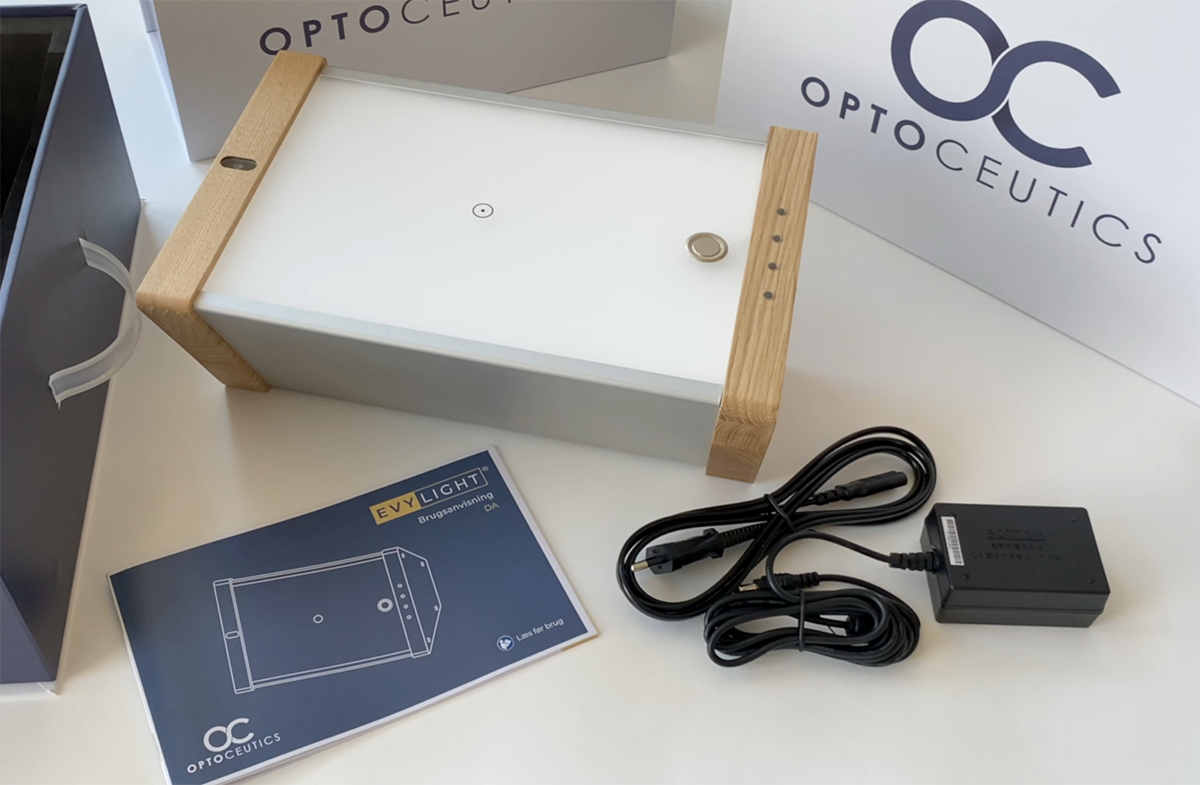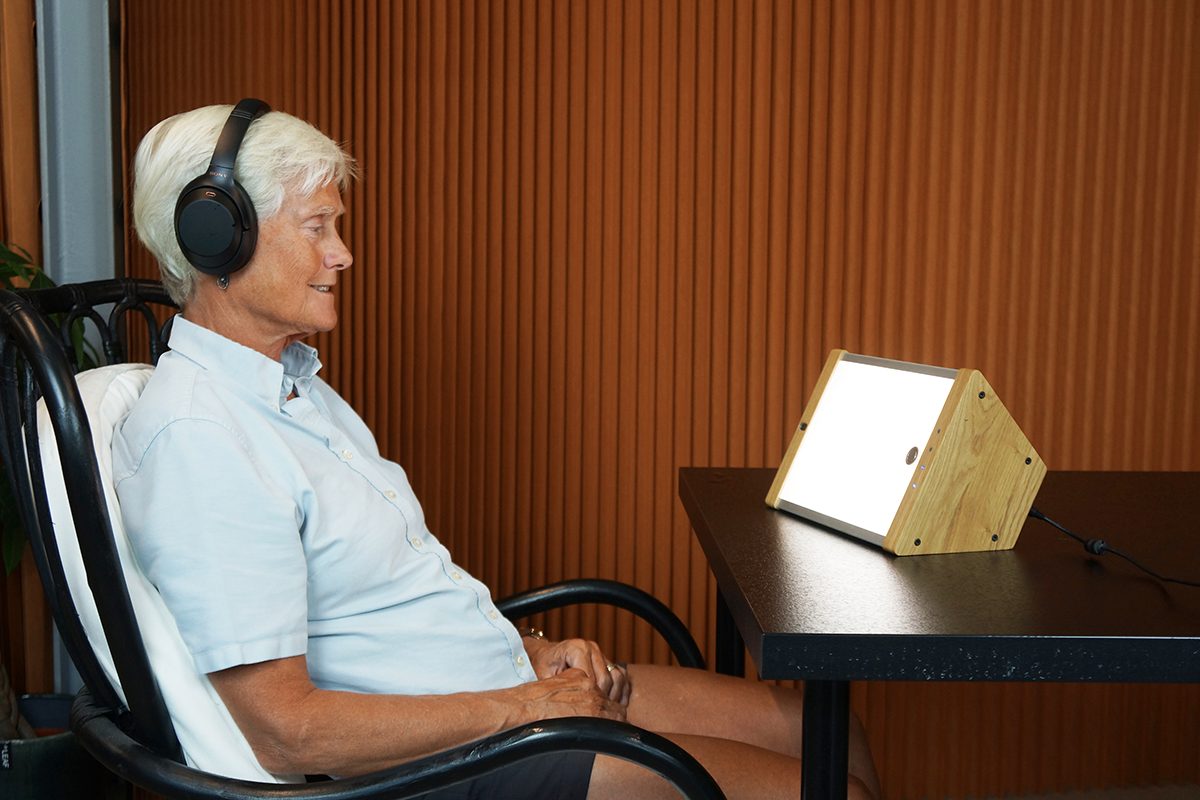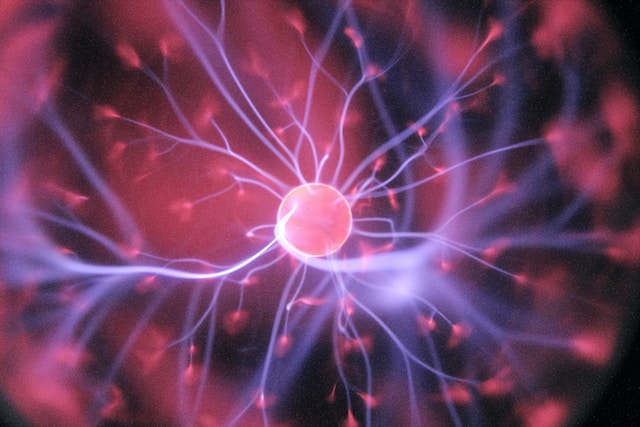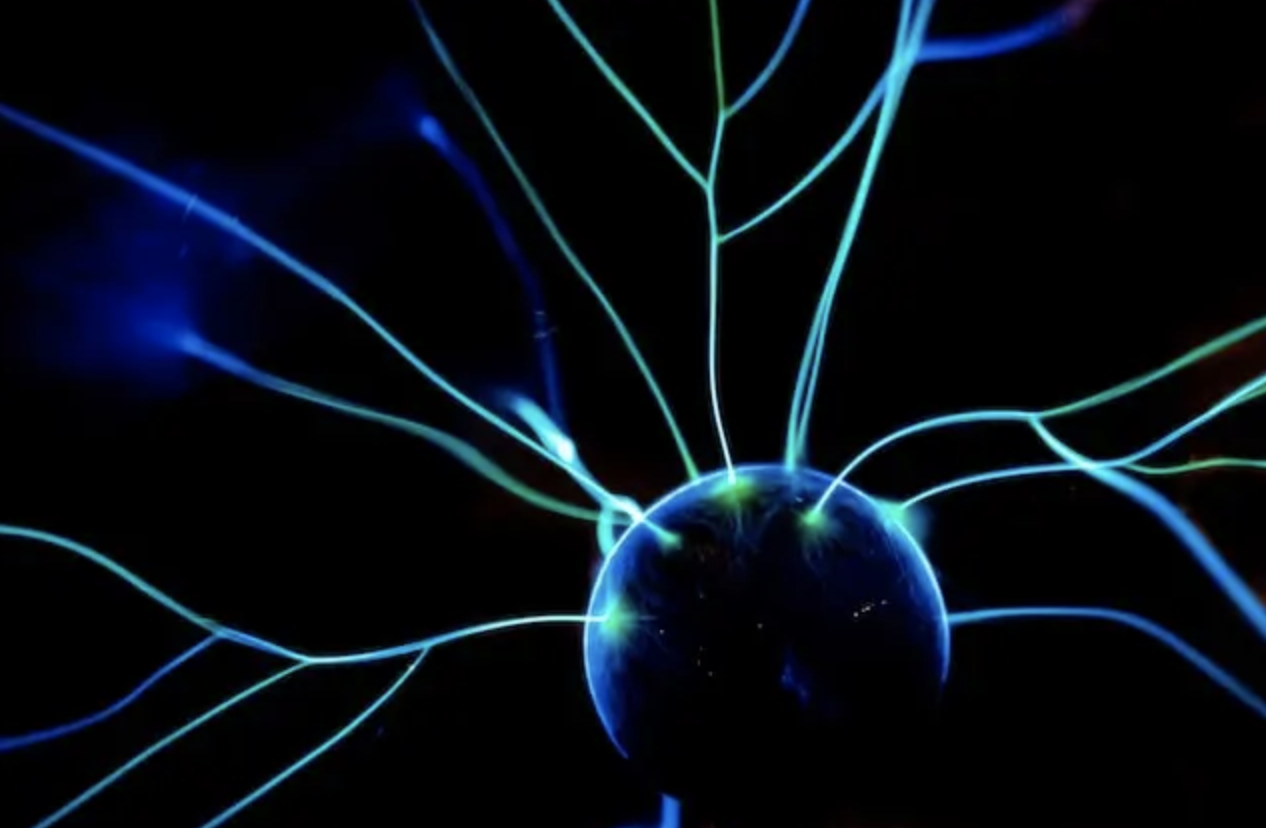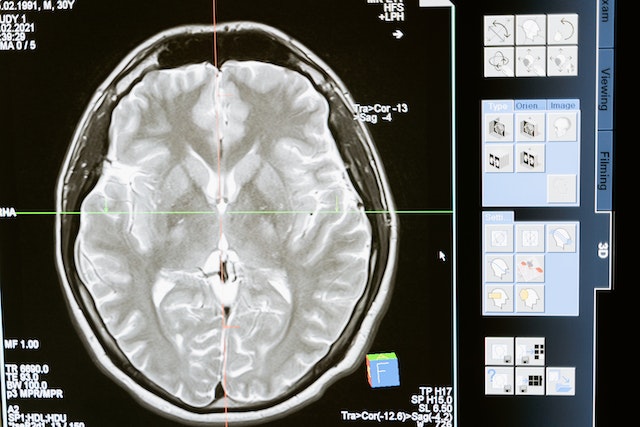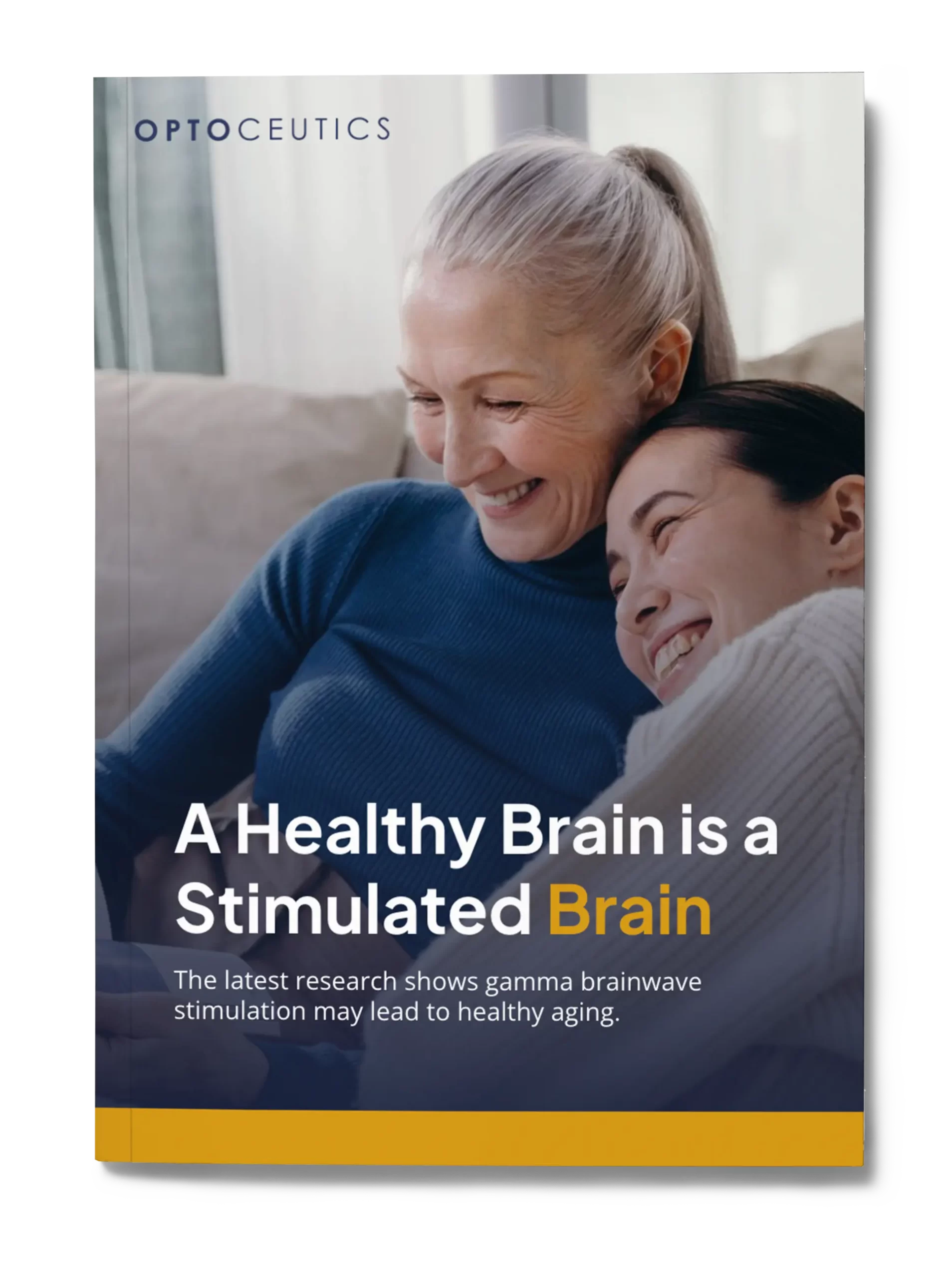With more people than ever before living beyond their 70s, diseases that don’t appear until later in life are on the rise. Of these, Alzheimer’s Disease is one of the most prevalent – and destructive. A wave of new research from the Massachusetts Institute of Technology (MIT) has pointed to light therapy treatment as a viable option to treat Alzheimer’s Disease. In this article, we will look at this research to learn how light therapy may be the answer we’ve been looking for when it comes to treating Alzheimer’s Disease effectively.

Christopher Ravn
Key Takeaways
1. Researchers at MIT are studying how light therapy might be a viable treatment for Alzheimer’s Disease.
2. The clinical studies, conducted by MIT researchers, found that light therapy could boost mood, improve circadian rhythms, and much more.
3. Although the research is relatively new, the results hold a great deal of promise for those suffering from this condition.
4. The light therapy devices are becoming more popular, and are even available for at-home use.
Table of Contents
1. MIT’s Ongoing Research And Clinical Trials In Light Therapy Treatments For Alzheimer’s
2. MIT’s Trial Findings on Light Therapy for Alzheimer’s
3. How Does Light Therapy Impact Brain Function in Alzheimer’s Based On MIT’s Findings?
4. What Does MIT’s Research Tell Us About the Benefits of Light Therapy For Alzheimer’s?
5. Research On Other Treatments Compared To MIT’s Research On Light Therapy For Alzheimer’s
6. Based On MIT’s Trials, What Is The Best Type Of Light Therapy For Alzheimer’s?
7. Based On MIT’s Findings, What Is The Best Device To Use With Light Therapy For Alzheimer’s?
8. How Much Does Light Therapy For Alzheimer’s Cost?
9. Did MIT’s Trials Find That Light Therapy Can Be Detrimental If You Have Alzheimer’s?
10. Frequently Asked Questions About MIT’s Light Therapy For Alzheimer’s
MIT’s Ongoing Research And Clinical Trials In Light Therapy Treatments For Alzheimer’s
The current research surrounding how light therapy might impact Alzheimer’s stems from MIT’s Picower Professor of Neuroscience, Li-Huei Tsai, and her team of researchers.
The foundation for her work started decades prior when researchers discovered that light when shown at the right frequency, can cause nerve cells in mammal brains to synchronize to that frequency. This could help reset many brain functions that are affected by neurodegenerative conditions including Alzheimer’s Disease.
Using optogenetics, Tsai and her team found a way to increase the power of gamma rays on mammalian brains. Building from this discovery, one of her graduates published a journal in Nature 2016 that using 40 hertz light stimulation therapy could provide a number of benefits to brain health.
The last piece of the puzzle was testing these findings on humans. So, Tsai and her team conducted small-scale clinical trials on Alzheimer’s patients, which yielded fascinating results. The team noted that the MIT 40 hz Alzheimer’s light therapy reduced brain volume loss and increased connectivity. Unfortunately, the study was forced to stop due to the pandemic, but the findings hold incredible promise.
Moving forward, the MIT team is looking to use light therapy as a potential way to prevent the onset of Alzheimer’s for those deemed high-risk. They also hope that they can build from this by looking at the therapeutic benefits of this treatment for those with Parkinson’s Disease and Down Syndrome.
What Is MIT And How Are They Related To Alzheimer’s?
The Massachusetts Institute of Technology (MIT) is a grant research university based in Boston, Massachusetts. It has a world-renowned reputation as a pioneer in biology and physics, paving the way for a wide range of discoveries.
In recent years, much of the work from the Picower Institute for Learning and Memory at MIT has focused on Alzheimer’s disease and other neurological disorders. This includes the Alzheimer’s light therapy MIT has pioneered, with the work of Li-Huei Tsai and her team.
Effect Of Light Therapy On Behavioral Disturbances
One of the most interesting findings from the MIT light therapy study is how it can positively impact the cognitive function of patients and counteract disturbed behaviors. They found that this therapy can slow both the functional and cognitive decline in those suffering from Alzheimer’s and mitigate symptoms like forgetfulness or confusion. This could drastically improve the quality of life for Alzheimer’s patients by improving their memory, attention, and a host of other cognitive faculties.
When Was MIT’s Research On Alzheimer’s Performed?
There have been several different pieces of research conducted by MIT about Alzheimer’s. Attempts to treat this neurological disease have been going on for a number of years, with research ongoing in many areas.
The recent research that focuses on using light therapy as a treatment for Alzheimer’s began in 2016 with the work of Hunter Iaccarino. This laid the foundation for Tsai and her team to incorporate 40-hertz light therapy into clinical studies for Alzheimer’s treatment.
The latest research from Tsai was in 2022 and features two small-scale clinical trials from 2023 on Alzheimer’s patients. These trials yielded promising results that could offer a safe, drug-free form of treatment for those suffering from Alzheimer’s Disease.
MIT’s Trial Findings on Light Therapy for Alzheimer’s

When looking at the results from the MIT light therapy studies, the team yielded several useful, and potentially innovative, findings.
The trial was broken into two distinct phases, although the second phase was cut short due to the pandemic. Nevertheless, the researchers managed to glean a lot of useful insights from this small study.
The phase 1 study showed that volunteers who underwent the 40 hz light therapy did not experience any significant side effects. For most participants, side effects included things like drowsiness. Electroencephalogram (EEG) electrodes that targeted the frontal and occipital parts of the brain picked up a notable increase in 40 hz rhythm strength across all demographics – including those with Alzheimer’s.
The phase 2A study, which was cut short, also showed that the volunteers had little to no adverse effects on the light therapy treatment. Those who were treated with light therapy experienced enhanced connectivity across various brain regions related to cognition and visual processing. They were also reported as having a more consistent sleep pattern, which is promising as a poor sleep pattern can be symptomatic of Alzheimer’s progression.
One final interesting finding from the phase 2A study was that those who were treated with light therapy had enhanced cognition in some areas. They performed better with face-name association tests which focus on visual components.
How Does Light Therapy Impact Brain Function in Alzheimer’s Based On MIT’s Findings?
The Circadian System In Alzheimer’s Disease
Another finding that showed promise is how light therapy treatment for Alzheimer’s has the potential to improve circadian rhythm and mood. Disturbances in circadian rhythm have been associated with Alzheimer’s Disease for quite some time. Light therapy could become a promising form of treatment by positively impacting the circadian rhythm. This also has a significant impact on the mood and overall well-being of people dealing with Alzheimer’s Disease.
What Does MIT’s Research Tell Us About the Benefits of Light Therapy For Alzheimer’s?

The Alzheimer’s light therapy treatment MIT has been researching focuses on using bursts of light at a 40-hertz frequency. By performing light therapy on Alzheimer’s patients, researchers have found that gamma waves can be synchronized and strengthened, which can potentially mitigate many of the symptoms those with Alzheimer’s face.
There are several potentially life-changing benefits associated with light therapy for Alzheimer’s patients. These include:
- Enhanced mood.
- Improved cognitive abilities.
- Improved sleep pattern.
- A slower onset of neurodegenerative symptoms.
According To MIT Research, Can Light Therapy Help With Alzheimer’s?
Unfortunately, as this research is still in its infancy, it’s hard to know how helpful light therapy will be when it comes to helping with Alzheimer’s Disease. Although the initial research holds a lot of promise, it remains to be seen whether or not any of these findings will yield meaningful results for Alzheimer’s patients.
With that said, there is a lot of promising research and study in this area. Although MIT is leading the pack in this field currently, other bodies such as the National Institute for Health are conducting their own, long-term studies into light therapy treatment for Alzheimer’s. So although there isn’t enough data or evidence to conclusively say light therapy is a guaranteed success, we will have more answers in the future.

Enhance your brain performance through the power of light.
Comfortable and easy to use 40Hz light therapy to support and improve your brain function.
View Our LightResearch On Other Treatments Compared To MIT’s Research On Light Therapy For Alzheimer’s
Research into treating Alzheimer’s has been an ongoing process since the turn of the 20th century. Although light therapy is the latest – and potentially most promising – discovery in the pursuit of Alzheimer’s treatment, there are other treatments available. These include:
- Leqembi: Leqembi is an intravenous infusion therapy that targets amyloid plaque. It has recently received FDA approval for Alzheimer’s treatment, but it comes with serious side effects.
- Cholinesterase Inhibitors: Using drugs including Donepezil, Rivastigmine, and Galantamine have been shown to boost memory levels and judgment-making skills for those with Alzheimer’s Disease.
- Memantine: Another drug often used to help Alzheimer’s patients is memantine, which lowers glutamate levels. This has been shown to slow the onset of symptoms in moderate to severe Alzheimer’s patients.
- Immunotherapy: Another promising treatment is vaccines that can lower amyloid plaque levels, which are believed to be integral to Alzheimer’s progression.
Based On MIT’s Trials, What Is The Best Type Of Light Therapy For Alzheimer’s?
Even though the research into light therapy is reasonably new, there are several different types available. When it comes to choosing the best type for treating Alzheimer’s, there isn’t a definitive answer as to which is best. With that said, they tend to have inherent benefits for certain applications. Let’s go over the different types of light therapy for Alzheimer’s below:
Bright Light Therapy
Bright light therapy exposes the patient to a bright light that mimics natural sunlight. This is usually conducted using a lightbox and aims to help regulate circadian rhythms. This type of therapy tends to take place in the morning to help reset the patient’s natural clock. For Alzheimer’s patients, this could greatly improve sleep patterns and mood patterns by recalibrating their circadian rhythm.
Blue Light Therapy
Blue light therapy uses light that’s predominantly found on the blue color spectrum as it is perceived to work well at impacting circadian rhythms. As with bright light therapy, this treatment aims to improve the sleep patterns and mood patterns of Alzheimer’s patients. When using this type of light therapy, it’s important to regulate exposure as too much can disrupt sleep and counteract any positive progress made.
Red and Near-Infrared Light Therapy
In contrast to blue light therapy, red light therapy utilizes light from the red and near-infrared spectrum. This type of light is typically cast using an LED device and is used to improve the cognitive abilities of those with Alzheimer’s. The belief is that this type of light is more capable of penetrating tissues and can offer neuroprotective benefits. However, research is still ongoing about how effective this type of therapy is.
We Believe Prioritizing Brain Health Enhances Your Quality Of Life
Get to know our team, our mission and how our EVY LIGHT® can provide you and your loved ones with a fuller life, letting you breathe a little easier.
Based On MIT’s Findings, What Is The Best Device To Use With Light Therapy For Alzheimer’s?
The team at MIT behind the light therapy study for Alzheimer’s focused on using light at a specific frequency. Using a light that flickered for 40 cycles per second, the research showed promising results. They managed to stimulate gamma waves in the participant’s brains, improving certain parts of their brain function.
So, based on the findings of the team of researchers at MIT, the best light to use is one that utilizes 40 Hz bursts of light. This is typically most readily achievable using LED lights, like the ones Optoceutics has developed. Using this type of light can help users with a host of cognitive abilities including mental sharpness, enhanced focus, and reduced brain fog.
How Much Does Light Therapy For Alzheimer’s Cost?
Light therapy for Alzheimer’s varies in cost based on the type of light therapy you might choose, stroboscopic or Invisible Spectral Flicker (ISF). Light therapy devices are growing in popularity and becoming readily available. In some cases, you can choose to purchase or even rent these devices for at-home use.
The other major factor in terms of cost is insurance coverage for light therapy treatments. Generally speaking, light therapy for Alzheimer’s isn’t a standard treatment which means insurance providers will not cover it. This also goes for Medicare and Medicaid, as the Food and Drug Administration has not yet stated whether or not they view light therapy as a viable treatment.
What Is The Best Device To Use With Light Therapy For Alzheimer’s?
The research from the team at MIT found that using light bursts set at 40 Hz was the most effective form of light therapy for Alzheimer’s patients. This was achieved by using LED lights to stimulate gamma waves in the brains of participants.
When it comes to finding the best device to use with light therapy for Alzheimer’s, look for one that offers this 40 Hz burst and uses Invisible Spectral Flicker, since stroboscopic can be very jarring and difficult to tolerate for many, especially on a regular basis. Optoceutics, for example, has a patented Invisible Spectral Filter (ISF) device and uses it in its clinical studies and contains all of the functionality required for 40 Hz light therapy.

See the impact in other people's lives
See how others have achieved a sharper mind by activating their gamma brainwaves in combination with maintaining a healthy lifestyle.
Did MIT’s Trials Find That Light Therapy Can Be Detrimental If You Have Alzheimer’s?
MIT’s light therapy trials for Alzheimer’s pointed to a general view that it is a safe treatment and a viable alternative to drugs. However, there are still certain patients and scenarios where this type of treatment would not be suggested. This includes patients who have:
- Eye Conditions: Patients with eye conditions such as retinal disease should be careful when considering light therapy. The intense light may exacerbate your eye condition further.
- Skin Sensitivity: If you have skin sensitivity that is affected by light, such as those with lupus, then light therapy could cause an adverse reaction to your skin.
- Bipolar Disorder: Light therapy has been documented to trigger mania or hypomania in patients with bipolar disorder. So if you intend to use light therapy and are bipolar, make sure you’re under medical supervision.
- Light Sensitivity: If you are sensitive to light or prone to migraines, then light therapy may prove to be uncomfortable or triggering.
Frequently Asked Questions About MIT’s Light Therapy For Alzheimer’s
What Are The Results Of MIT’s Trials In Light Therapy For Alzheimer’s?
The results of MIT’s light therapy trials for Alzheimer’s have shown a good amount of promise. By treating patients with 40 hertz light therapy, many of the symptoms associated with Alzheimer’s look to diminish. This includes improved cognitive function, improved circadian rhythm and mood, a possible reduction in amyloid plaques, and an overall improvement of brain connectivity.
What Is MIT University And How Are They Related To Alzheimer’s?
The Massachusetts Institute of Technology (MIT) is a private research university that has a global reputation for cutting-edge research in areas like science, engineering, and mathematics. One particular faculty within MIT, the Picower Institute for Learning and Memory, has spent years studying Alzheimer’s and related neurodegenerative conditions. Their work includes clinical studies into light therapy treatments for Alzheimer’s, and has so far yielded promising results.


